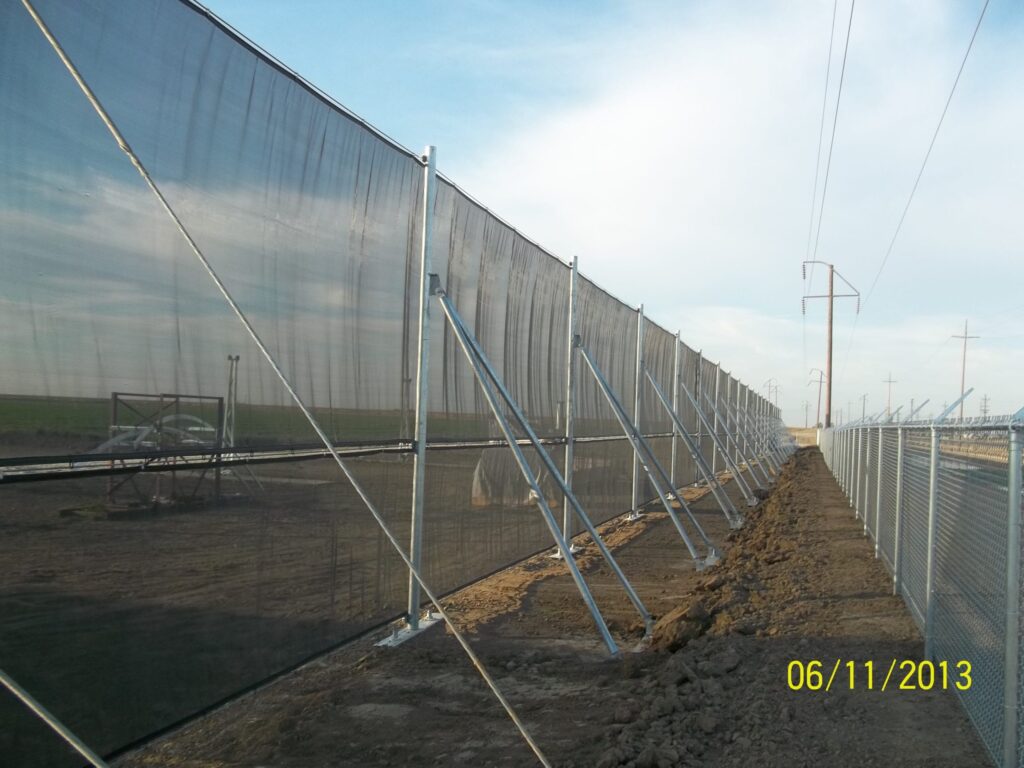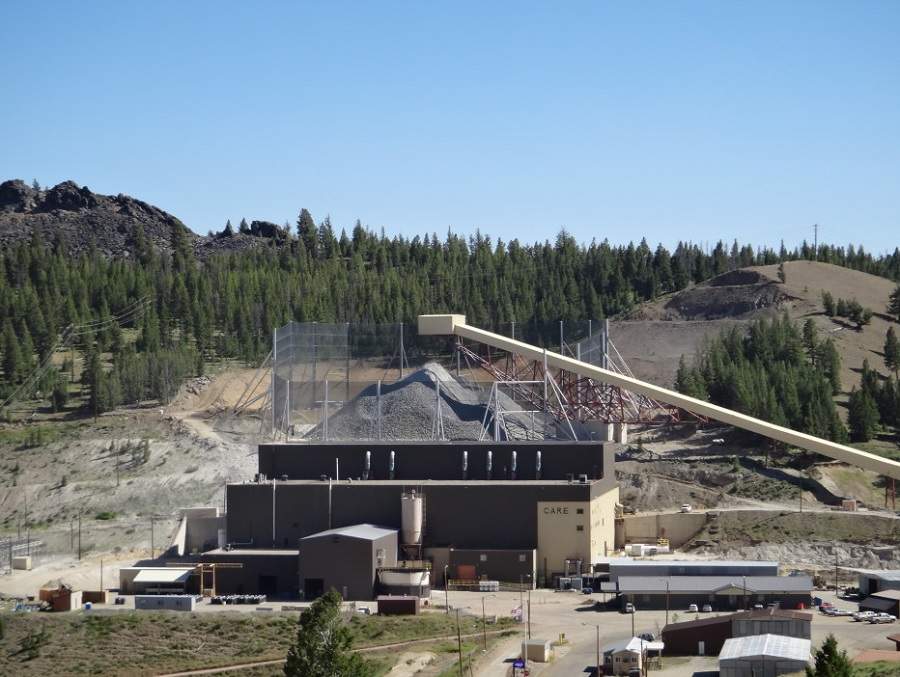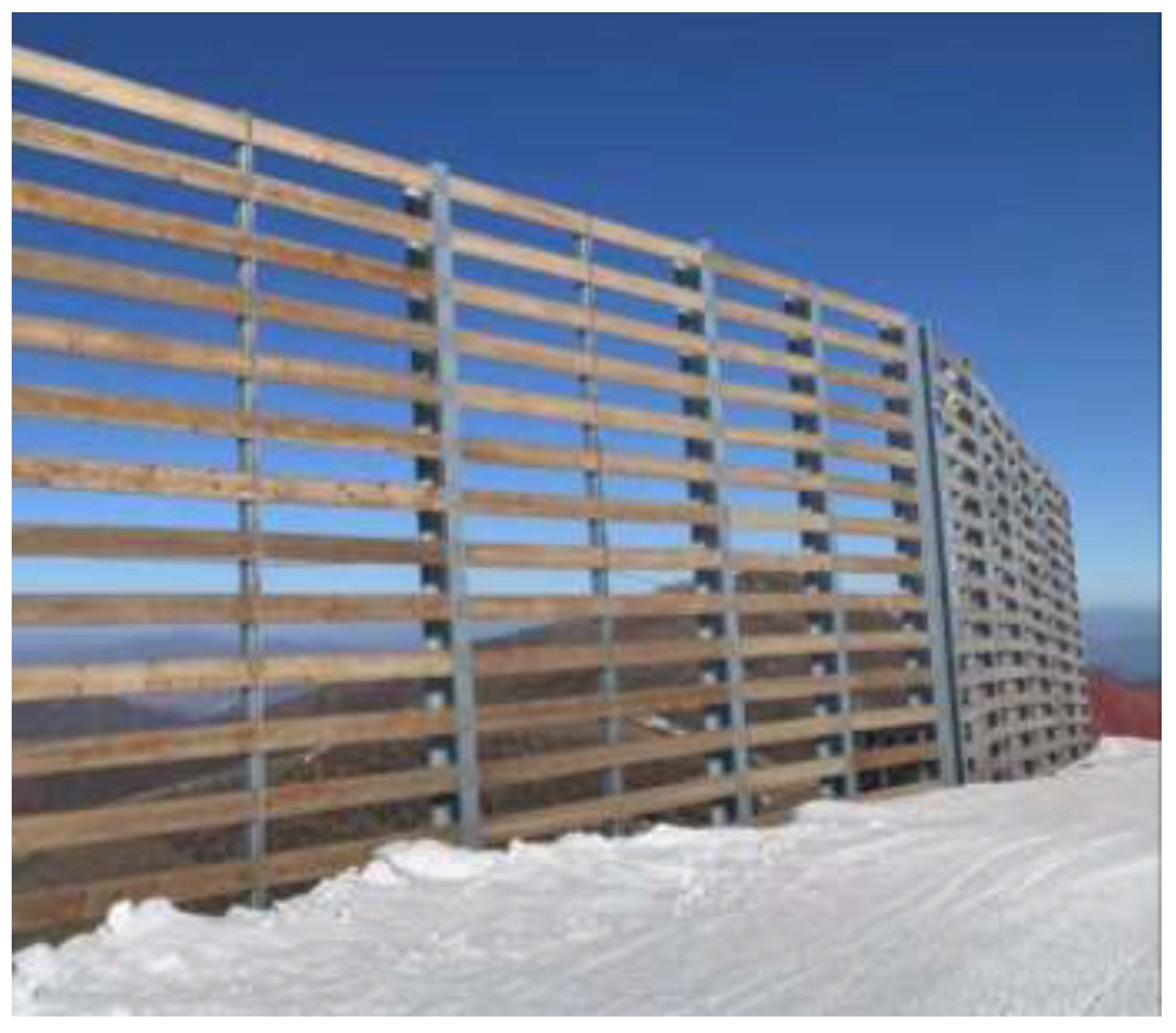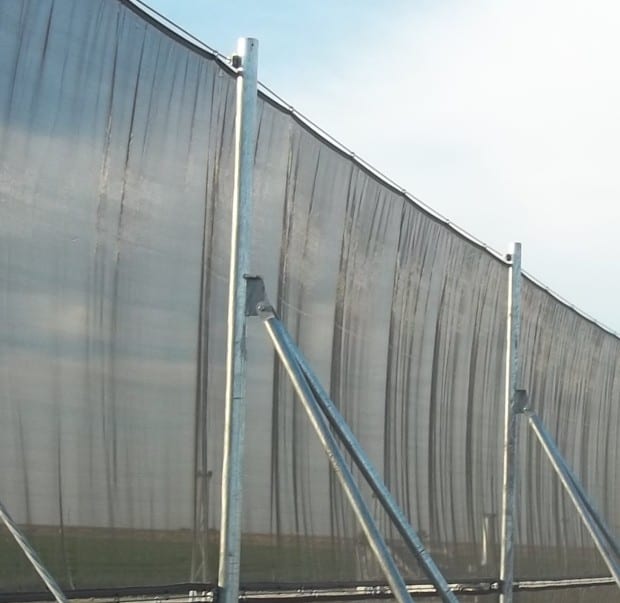If you’re looking to expand your knowledge and understanding of fences, you’ve come to the right place. Welcome to “http://fencedude.com,” a blog dedicated to providing you with comprehensive and engaging content about all things fences. From different types to varying sizes, shapes, and materials, we aim to delve into the intricate details of fences, helping you navigate the world of fences with ease. Our goal is to not only educate you on the characteristics and advantages of various fence types but also provide insights on how to choose the right fence for your specific needs. Whether it’s privacy, security, or aesthetics, we’ve got you covered. So join us on this journey as we explore the role of fences in reducing wind and dust, and much more.

The Role of Fences in Reducing Wind and Dust
When it comes to reducing wind and dust, fences play a crucial role in creating barriers and minimizing the movement of these elements. By strategically placing fences, you can effectively control the flow of wind and dust on your property. In this article, we will explore the various ways in which fences can help reduce wind and dust, the types of fences that are most effective, factors to consider when choosing a fence, proper installation techniques, maintenance tips, benefits of using fences, potential challenges and limitations, cost considerations, the environmental impact of wind and dust reducing fences, and examples of successful implementation.
How Fences Can Help Reduce Wind and Dust
Understanding the mechanism of wind and dust reduction is essential in realizing the effectiveness of fences in this regard. Fences create physical barriers that limit the movement of wind and dust particles. They keep the dust close to the ground and prevent it from dispersing freely. Fences also help in reducing wind turbulence and channeling, which further controls the movement of dust and debris. Additionally, fences act as shields, minimizing the impact of windborne pollutants and debris.
Types of Fences that are Effective in Reducing Wind and Dust
Not all fences are created equal when it comes to reducing wind and dust. Certain types of fences are more effective in achieving this purpose. Solid privacy fences, wooden panel fences, and woven wire fences are some of the popular options. Hedge fences made of dense vegetation and living green screens also provide excellent wind and dust reduction. Mesh screens and fencing, windbreak fences, vinyl panel fences, concrete block fences, and metal panel fences are other types that offer effective protection from wind and dust penetration.
Factors to Consider when Choosing a Fence for Wind and Dust Reduction
Choosing the right fence for wind and dust reduction requires considering several factors. Firstly, you need to assess the local wind and dust conditions in your area. Factors such as wind speed, direction, and frequency of dust storms will help determine the type of fence that can withstand these conditions. You should also consider the specific characteristics of your site and property, including size, topography, and surrounding structures. The desired level of wind and dust control, aesthetic and design preferences, and compatibility with existing landscape and structures should also be taken into account.

Proper Installation Techniques for Wind and Dust Reduction
Proper installation techniques are crucial to maximize the wind and dust reduction capabilities of fences. Securely anchoring the fence posts is essential for stability and durability. Sealing gaps and cracks helps create a solid barrier, preventing wind and dust from seeping through. Installing fence panels or screens at optimal heights ensures that the fences effectively block the movement of wind and dust. Creating overlapping panels or screens also enhances the protective barrier. Additionally, applying windproof mesh or material to fences increases their ability to reduce wind and dust penetration.
Maintaining Fences for Optimal Wind and Dust Reduction
To ensure optimal wind and dust reduction, regular maintenance of fences is necessary. Regularly cleaning and removing dust from the fence surface helps maintain its effectiveness. Repairing damaged panels and reinforcing fence posts and supports are also essential tasks. Worn-out or broken parts should be replaced promptly. For hedge fences, trimming and maintaining the vegetation is important to ensure their ability to reduce wind and dust. Proper maintenance extends the lifespan of fences and ensures their continued functionality.

Benefits of Using Fences to Reduce Wind and Dust
Using fences for wind and dust reduction offers several benefits. Firstly, it improves air quality by limiting the dispersion of dust particles and pollutants. Fences also provide protection for plants and landscaping, preventing them from being damaged by strong winds and excessive dust. By reducing soil erosion, fences help maintain the integrity of the land. Enhanced privacy and comfort are additional advantages of using fences, as they create a barrier against strong winds. Fences also contribute to noise reduction, increase property value, and act as a barrier against pests and wildlife.
Potential Challenges and Limitations of Using Fences for Wind and Dust Reduction
While fences are effective in reducing wind and dust, there are some potential challenges and limitations to consider. In extreme wind conditions, fences may not provide complete protection, and some level of wind penetration can still occur. Additionally, while fences can limit the movement of dust, they may not completely eliminate all dust particles. Proper maintenance is necessary to ensure their continued effectiveness. Cost considerations, both in terms of materials and installation, can also be a limitation. Legal and regulatory considerations may also apply, depending on your location and the type of fence you choose.

Cost Considerations for Wind and Dust Reducing Fences
When considering wind and dust reducing fences, cost is an important factor to consider. Material costs vary depending on the type of fence you choose, with options ranging from wood to metal. Installation costs, including labor and equipment, should also be taken into account. Additionally, regular maintenance and repair costs need to be considered to ensure the longevity and effectiveness of the fence. Conducting a long-term cost-benefit analysis helps determine the overall value and affordability of wind and dust reducing fences.
Environmental Impact of Wind and Dust Reducing Fences
Considering the environmental impact of fences is crucial in making sustainable choices. Opting for sustainable and eco-friendly fencing materials, such as wood from responsibly managed forests or recycled materials, helps reduce the environmental footprint. The installation of fences can also have an impact on microclimates, affecting wind patterns and temperature fluctuations. It is essential to consider the potential impact on wildlife and their habitats when installing fences. Proper water drainage should also be ensured to prevent standing water and potential environmental issues. Lastly, considering the recyclability and proper disposal of the fence materials is important to minimize environmental impact.

Examples of Successful Implementation of Wind and Dust Reducing Fences
There are numerous examples of successful implementation of wind and dust reducing fences across various settings. In urban areas with high dust pollution, solid privacy fences and mesh screens have been effective in reducing the impact of dust on residential properties. In agricultural settings and farming operations, windbreak fences made of woven wire or living green screens have been proven to protect crops and livestock from excessive wind and dust. Industrial and construction sites have utilized metal panel fences and concrete block fences to minimize the spread of dust and debris. Residential communities and suburbs have benefitted from the use of wooden panel fences and hedge fences for their wind and dust reducing properties. Recreational and park facilities have also implemented various fence types to create wind barriers and enhance the overall experience for visitors.
Common Questions and Answers
-
Q: Can any type of fence reduce wind and dust? A: While most fences offer some level of wind and dust reduction, the effectiveness can vary depending on the type of fence. Solid privacy fences, wooden panel fences, woven wire fences, hedge fences, and living green screens are known to be more effective in reducing wind and dust.
-
Q: Do fences eliminate all dust particles? A: Fences can significantly reduce the movement of dust particles, but they may not eliminate all particles. Proper maintenance, including regular cleaning, can help maintain their effectiveness.
-
Q: How do fences help with air quality? A: Fences help improve air quality by limiting the dispersion of dust particles and pollutants, preventing them from spreading to surrounding areas.
-
Q: Do fences provide noise reduction? A: Yes, fences can provide noise reduction by acting as a physical barrier against wind and outdoor noise sources.
-
Q: What are the costs associated with wind and dust reducing fences? A: The costs vary depending on the type of fence, materials used, installation requirements, and maintenance needs. It is important to consider both short-term and long-term costs, including material costs, installation costs, and ongoing maintenance and repair costs.
-
Q: Are there any legal considerations when installing wind and dust reducing fences? A: Legal considerations may vary depending on your location and local regulations. It is important to check with local authorities regarding permits, fence height restrictions, and any other relevant guidelines.
-
Q: How do wind and dust reducing fences impact the environment? A: The environmental impact can vary depending on the choice of materials, installation techniques, and the potential disruption of microclimates and wildlife habitats. Opting for sustainable materials and proper disposal practices can help minimize the environmental impact.
-
Q: Can wind and dust reducing fences withstand extreme wind conditions? A: While fences can provide protection against wind, extreme wind conditions may still result in some wind penetration. The effectiveness of the fence will depend on factors such as the type of fence, construction quality, and the specific wind conditions.
-
Q: What are the main benefits of using fences to reduce wind and dust? A: The main benefits include improved air quality, protection for plants and landscaping, reduced soil erosion, enhanced privacy and comfort, noise reduction, increased property value, and acting as a barrier against pests and wildlife.
-
Q: How should fences be maintained for optimal wind and dust reduction? A: Regular cleaning and dust removal, repairing damaged panels, reinforcing fence posts, replacing worn-out or broken parts, and trimming and maintaining vegetation for hedge fences are important maintenance tasks to ensure optimal wind and dust reduction.
